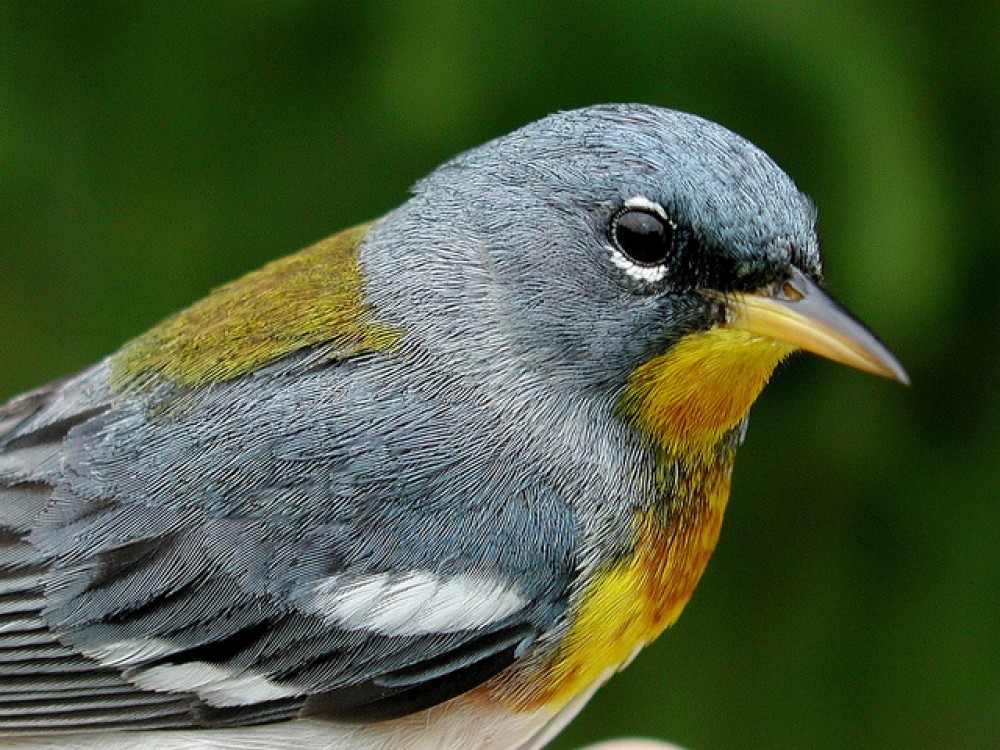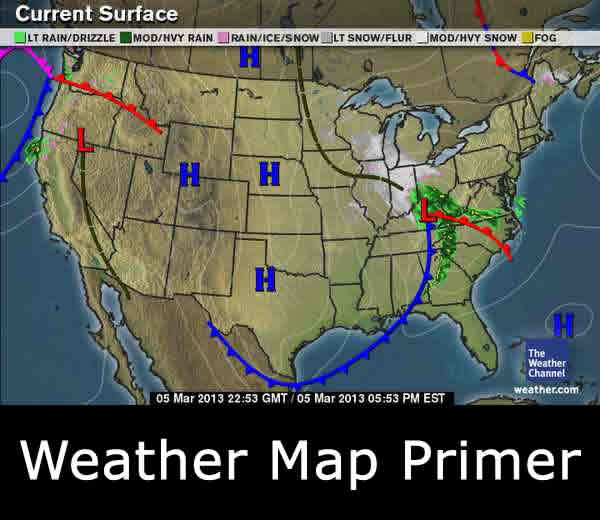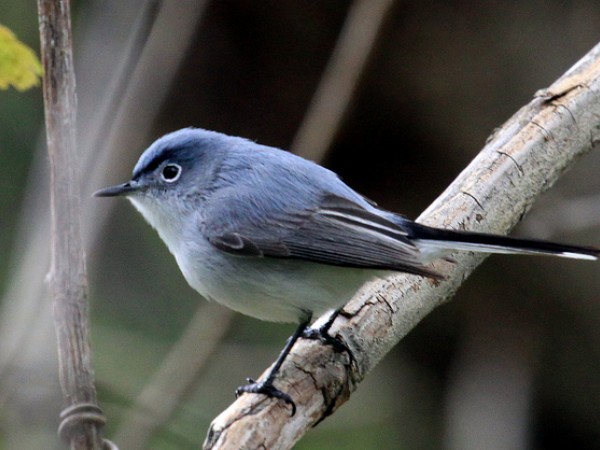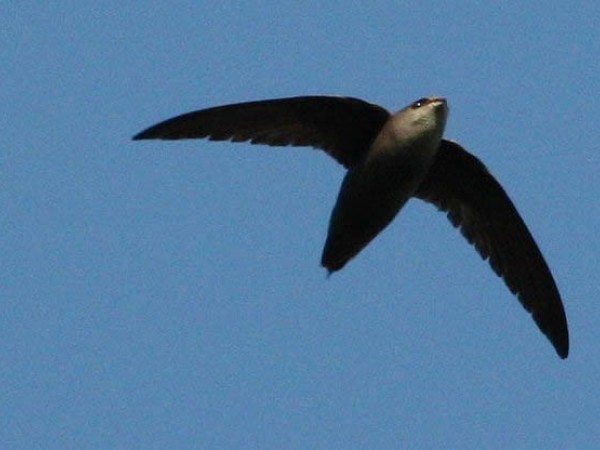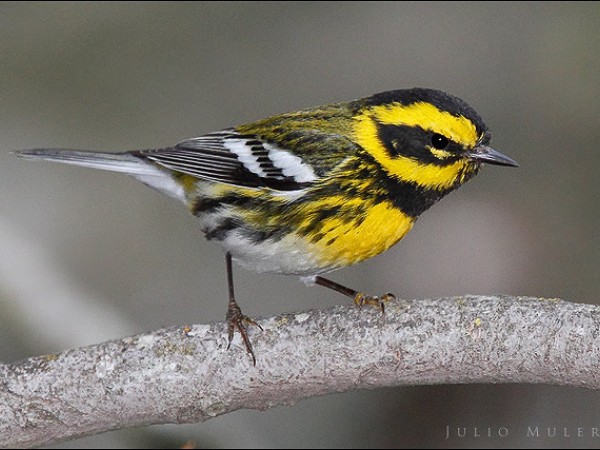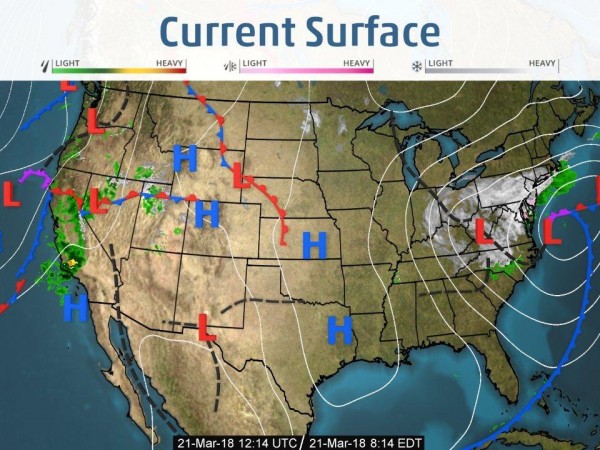Spring Officially Begins, Migration Picks Up!
Clear skies, southerly winds bring new songbirds, as earlier migrants advance farther north.
Weather and Songbird Migration News: March 21, 2018
Dear Journey North,
Spring is officially here, and migration is starting to pick up! Last week, I mentioned that there would be clear skies and southerly winds in the eastern half of the U.S. for much of the week. These conditions allowed a good diversity of new migrants to arrive, and those that were already around made some progress north.
More New Birds in Gulf, Earlier Migrants Advance
New arrivals along the Gulf coast included several reports of Eastern Kingbirds and Chimney Swifts, along with some White-eyed Vireos, Louisiana Waterthrushes, Yellow-throated Vireos, and Northern Parulas. Purple Martins and Blue-gray Gnatchatchers have made it up to Virginia and Pennsylvania, and Tree Swallows have made it as far as Ohio.
Orioles, Vireos, Warblers and More in the West
Out west, I mentioned a storm system would keep birds grounded until the weekend, but after that system cleared out, birds started arriving again at the beginning of the week. New arrivals in Arizona included Scott’s Orioles, Warbling Vireos, Plumbeous Vireos, and Western Kingbirds. In California, birders got to see their first Orange-crowned Warblers, Townsend’s Warblers, and Black-headed Grosbeaks of the season, and southerly winds helped push Rufus Hummingbirds and Common Yellowthroats up into Oregon.
Forecasting Downtime on the Coasts
So what does the coming week look like? That storm system that crossed from the west really gained strength, and brought big storms across the southern U.S.; and now it is bringing yet more snow to the northeast. Winds behind the front are very strong from the north, so migrants in much of the eastern half of the U.S. won’t be going anywhere for a few days. In the southwest, winds behind the high pressure are from the south, so there should continue to be migrants arriving for another day or two. There is another storm system moving in off of the Pacific, which will bring poor flying conditions to the west over the next couple of days, so there won’t be much migration there until the weekend.
How High, How Fast, How Far?
So what else can I tell you about birds and bird migration? Here are some basic numbers that I frequently get asked about.
- How high do birds fly during migration? Most songbirds fly at around 2,000 feet above the ground, but some geese and cranes fly over the Himalayas at more than 20,000 feet!
- How fast do migrants fly? Most songbirds fly between 10-25 mph, shorebirds can fly as fast as 40 mph, and some ducks can reach 50 mph!
- How far do birds fly? In terms of the total distance covered during the entire round-trip, Sooty Shearwaters cover 40,000 miles as they circle the entire Pacific Ocean. In terms of the longest single flight, that record goes to the Bar-tailed Godwit. They can fly from Alaska to New Zealand, a distance of 7,200 miles, nonstop!
Migration is starting to pick up, so get out there and start looking for those migrants!
Take care,
David Aborn, Ornithologist
North Chickamauga Creek Conservancy
Chattanooga, TN

